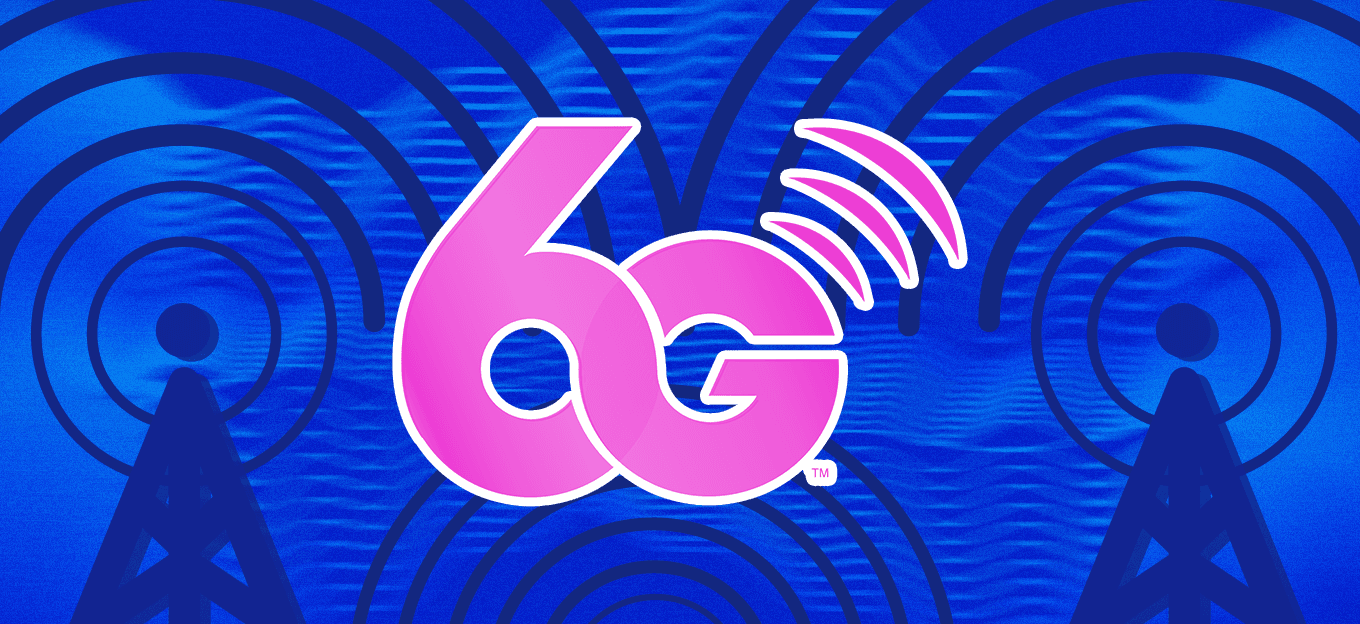Demystifying Cellular IoT: The Critical Role of Wireless in IoT
Demystifying Cellular IoT: The Critical Role of Wireless in IoT
- Last Updated: December 2, 2024
Blues
- Last Updated: December 2, 2024



To say we live in a wirelessly connected world feels like a bit of a cliche. Many of us start our days checking smartphones, accessorizing with wearables, and telling Alexa to "play top songs by Nickelback." Ok, maybe not so much that last one.
The tin cans and wire of days gone by have been replaced by communication protocols like Wi-Fi, Bluetooth, and cellular to provide us seamless connectivity from home to work to...anywhere!
Let's demystify cellular and take a critical look at four key topics related to wireless in IoT.
IoT developers today have myriad choices when deciding which network connectivity option is best for them. When you add up all the pros and cons, many are surprised to find cellular as the logical path forward (if not for a primary connection, then as a fallback).
This mature and ubiquitous means of connecting IoT devices is prized for its reliability and reach yet vilified for its traditionally obtuse pricing and relatively low data throughput. In this blog series, we are demystifying cellular and taking a critical look at four key topics related to wireless in the Internet of Things:
- What is Cellular IoT? (that's this one!)
What is Cellular IoT?
Cellular IoT technologies allow physical devices (e.g., sensors, actuators, and their host microcontrollers or single-board computers) to connect to a private network or the public Internet to transmit data.
By leveraging the same infrastructure as mobile phones, cellular IoT takes advantage of the broad availability of existing cellular networks without the power requirements of traditional cellular applications. With 5G just around the corner, cellular IoT is well-positioned to take advantage of higher bandwidth solutions that would normally be allocated to Wi-Fi or wired Ethernet.
When we think about how cellular relates to the Internet of Things, in particular, we stop thinking about just person-to-device cellular connections and instead open up to device-to-device connections (or device <--> person <--> device and every other iteration in between!).
The opportunities for IoT then become limitless. Connected IoT solutions can be everything from streetlights controlled automatically to remotely monitored parking garages to agricultural applications that optimize irrigation and fertilizer usage or Machine Learning solutions that predict anomalies in remote settings.
The Critical Role of LTE-M and NB-IoT
Let's take a closer look at two key technologies underpinning cellular IoT: LTE-M and NB-IoT.
While 2G/3G protocols are perfectly adequate for many IoT applications, modern IoT generally relies on LTE-M or NB-IoT. The rapid proliferation of these wireless standards is setting us up for a new dawn of IoT connectivity.
These standards were designed from the start around low power consumption, embedded security, and reliability. Combining these technical advantages with existing ubiquitous cellular networks has provided the world with an unparalleled choice for remote IoT connectivity.
What is LTE-M?
You can probably guess that LTE-M is closely related to the popular LTE (Long-Term Evolution) wireless standard. The countries that support LTE encompass a vast list primarily comprised of the Americas and parts of Europe.
LTE-M effectively stands for "Long-Term Evolution for Machines" and allows IoT devices to piggyback on existing LTE networks. It was designed in a power-conscious manner for applications that require low-to-medium data throughput. With a bandwidth of 1.4 MHz (compared to 20 MHz for LTE), LTE-M provides a great range but less throughput than LTE (approximately 375KB down and 300KB up). LTE-M also offers cell tower handoff features, making it a great mobility solution (even across multiple regions).
Asset tracking, wearables, home security, and home/business monitoring are all great examples of Applications for LTE-M in the IoT.
What is NB-IoT?
Considering the Internet of Things is literally part of the name, NB-IoT was designed for the IoT. NB-IoT stands for "Narrowband-IoT" and is great for areas without robust LTE coverage or when bandwidth requirements are relatively minimal. Again, per its name, NB-IoT uses just a narrow band of the full bandwidth available.
Available globally where GSM is the flag-bearer (such as much of Europe, Africa, and Asia), NB-IoT devices consume very little power and provide fewer data throughout than LTE-M (approximately 60KB down and 30KB up). Compared to LTE-M's bandwidth of 1.4 MHz, NB-IoT operates on 200 kHz, providing a longer range and better indoor penetration.
Certain Applications like smart cities (e.g., parking meters, utility monitoring), parking garages, indoor deployments, and agricultural settings are great examples of suitable NB-IoT implementations.
Where Does 5G Fit?
We've all been subject to the hype around 5G. Some of it is warranted, but frankly, the rest is a lot of marketing to get us to buy new phones.
Like the other "xG" standards we've gotten used to (2G/3G/4G), 5G is another ladder rung towards faster and stronger network connections. As IoT deployments accelerate in scope and magnitude, one can imagine industrial applications comprised of thousands of devices pushing gigabytes of data every day. 5G will likely be our destination come that time.
What about today? Are you likely to be live-streaming a 4K video with a Raspberry Pi Zero? Probably not, but the opportunity of 5G is intriguing as we look towards the greenfield future of IoT.
Summary
Cellular IoT technologies like LTE-M and NB-IoT introduce significant advantages for remote IoT deployments. Growing to become an ideal option for a wide range of applications, especially those in mobile or otherwise unpredictable locations, cellular is a mature, reliable, and logical choice.
The Most Comprehensive IoT Newsletter for Enterprises
Showcasing the highest-quality content, resources, news, and insights from the world of the Internet of Things. Subscribe to remain informed and up-to-date.
New Podcast Episode

IoT and AI in 2026
Related Articles



